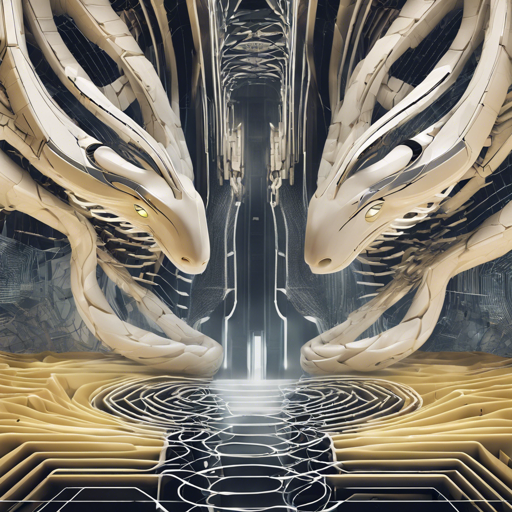Welcome to the exciting world of MambaVision! This blog post will guide you on how to effectively utilize the MambaVision framework for advanced image classification and feature extraction tasks. MambaVision is built on a novel hybrid architecture that incorporates both self-attention mechanisms and mixer blocks, providing exceptional performance for vision-related applications.
What is MambaVision?
MambaVision is a state-of-the-art (SOTA) vision backbone that not only achieves impressive Top-1 accuracy but also maintains high throughput performance. It’s akin to a finely tuned sports car, engineered for speed and efficiency. With unique features like a hierarchical architecture and novel mixer blocks, MambaVision enhances the modeling of global context, paving the way for superior performance in image processing tasks.
Quick Start with MambaVision
Ready to dive in? Follow this step-by-step guide to harness the power of MambaVision for your own projects!
1. Installation
First, ensure you have the right environment set up. You can easily install the required packages using pip. Here’s how:
pip install mambavision2. Utilizing Pre-trained Models via Hugging Face
MambaVision’s pre-trained models can be easily accessed through the Hugging Face library. Here’s a simple code snippet to get you started:
from transformers import AutoModelForImageClassification
model = AutoModelForImageClassification.from_pretrained("nvidia/MambaVision-T-1K", trust_remote_code=True)3. Image Classification Example
To classify an image, you would set up the model like this:
from PIL import Image
import requests
# Load the model
model.cuda().eval()
# Prepare an image
url = "http://images.cocodataset.org/val2017/0000000020247.jpg"
image = Image.open(requests.get(url, stream=True).raw)
input_resolution = (3, 224, 224)
# Add your transformation steps here
inputs = transform(image).unsqueeze(0).cuda()
# Model inference
outputs = model(inputs)
logits = outputs[logits]
predicted_class_idx = logits.argmax(-1).item()
print("Predicted class:", model.config.id2label[predicted_class_idx])This snippet will output the predicted class of the image. Imagine MambaVision as a detective; it scrutinizes the image to deduce what it contains.
Troubleshooting Tips
- Issue: Model not loading properly.
- Solution: Ensure you have the latest version of PyTorch installed. If problems persist, try re-installing the necessary packages.
- Issue: Insufficient memory during image processing.
- Solution: Consider reducing the batch size or resizing your input images.
For more insights, updates, or to collaborate on AI development projects, stay connected with fxis.ai.
Conclusion
With MambaVision at your fingertips, you’re equipped to tackle image classification and feature extraction tasks with ease. Its hybrid architecture and pre-trained models make it a powerful tool in the realm of computer vision.
At fxis.ai, we believe that such advancements are crucial for the future of AI, as they enable more comprehensive and effective solutions. Our team is continually exploring new methodologies to push the envelope in artificial intelligence, ensuring that our clients benefit from the latest technological innovations.
Final Thoughts
Now you have a foundation to start building advanced applications using MambaVision. By understanding its unique features and capabilities, you’re well on your way to achieving remarkable results in your projects!

